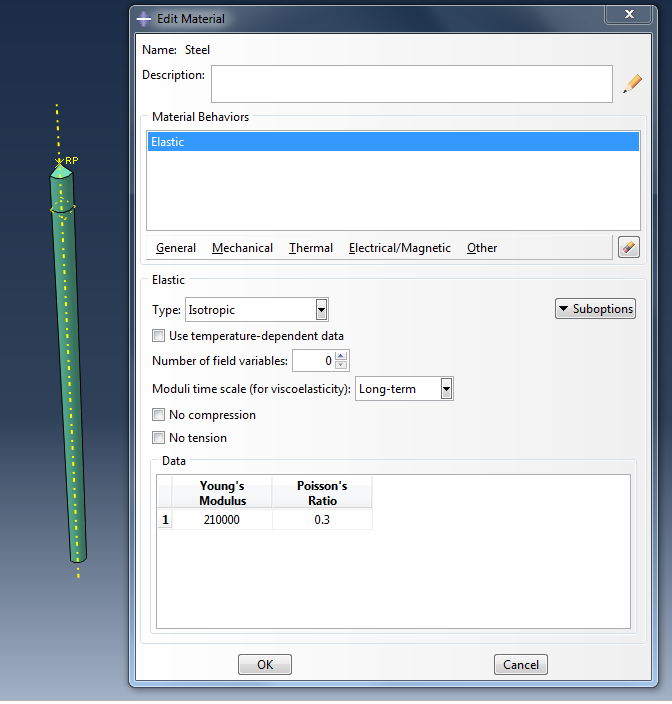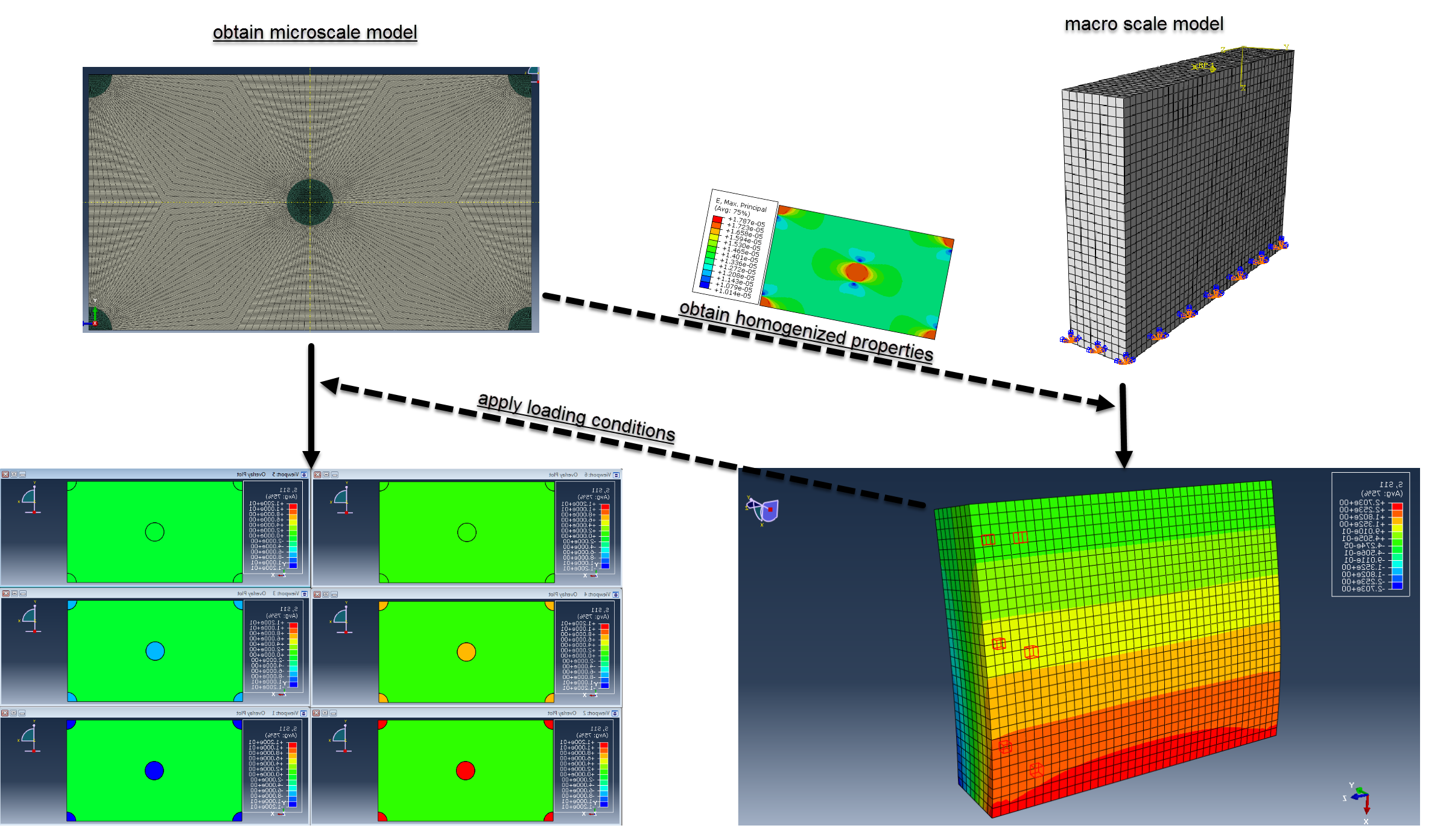This blog post, constitutes a continuation of the previous blog post,regarding modeling of steel fibre reinforced-concrete composites with Abaqus. In the current blog post, we will be showing an exemplary steel fibre composite pull out test, in a 3 dimensional model, wherein,also damage of the concrete matrix, is included.This is realised by using the Concrete Damage Plasticity model, available in Abaqus.
Fibre-Matrix Interface Information
Adhesive Bonding and Debonding
The same modelling assumptions and input that were used in the previous post, will be used here as well, regarding the following:
- adhesive bonding interaction properties
- debonding initiation interaction properties
- debonding evolution interaction properties
Frictional Model
Coulomb friction will be used again, in this Abaqus example, for modelling the frictional behavior between fibre and concrete. A friction coefficient μ=0.05 will be used for the analysis.
Material Laws
Steel Fibre
The steel fibre was modelled with a linear elastic material law, using typical values for steel, from the literature. A detail is shown in Figure 1, below:
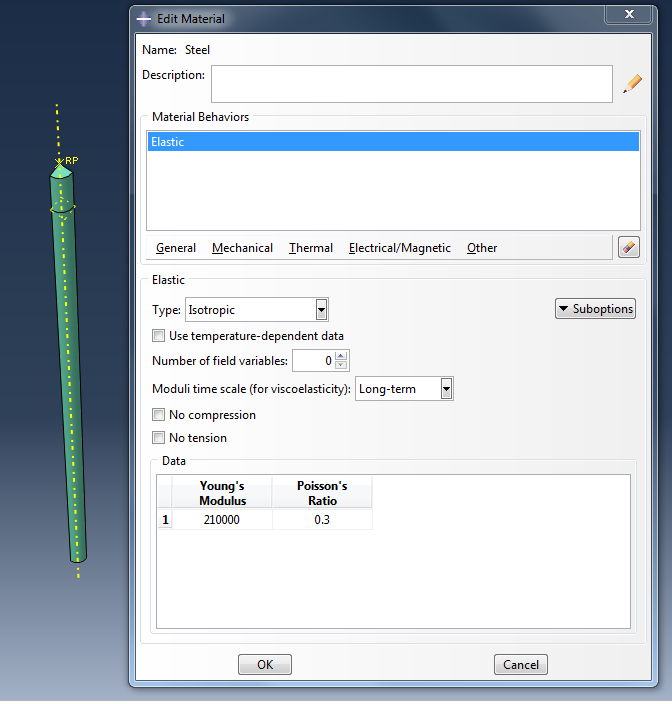
Figure 1: Steel fibre linear elastic material properties in Abaqus.
Concrete Matrix
For the concrete, plasticity and scalar damage were included in the modeling. This was implemented with the use of the Concrete Damage Plasticity Model, that is provided in Abaqus. More information on the theory and application of this material model can be found here.
The concrete damage plasticity model, is an isotropic model derived from the Drucker Prager yield criterion. It requires linear elasticity for the first part of the stress-strain relationship, that can be assigned by providing the Young's modulus and Poisson's ratio. It combines two failure mechanims, one for tension (cracking) and one for compression (crushing). The plastic strains upon yielding, can be determined by providing tabular stress vs strain points, derived from uniaxial testing (compression and tension) performed on the concrete. The Concrete Damage Plasticity model also includes scalar damage (via elastic stiffness degradation). The stress strain relationships used in this model, are presented in Figure 2. Figure 3, shows the Concrete Damage Plasticity tab in Abaqus, showing the material input that was used for the blog's example. Those values are exemplary, and complementary material testing must be used, to calibrate this model.
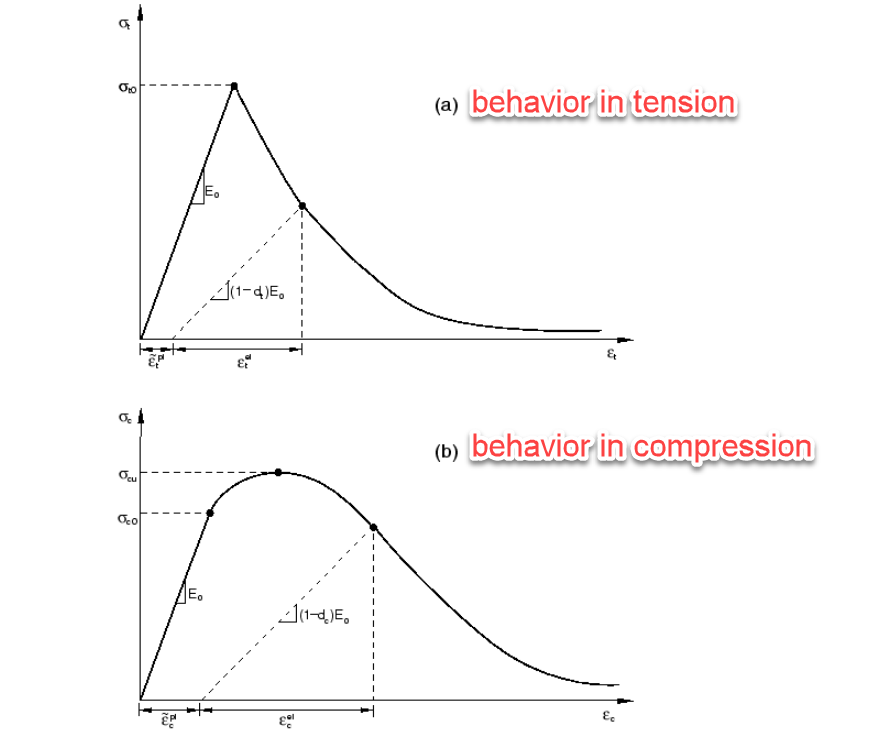
Figure 2: Stress-strain relationships, for the Concrete Damage Plasticity model.

Figure 3: Concrete Damage Plasticity input tab, Abaqus.
Example's Geometry
A detail of the 3 dimensional geometry that was used in the example, is shown below. A quarter symmetry 3d model was used, and proper symmetry boundary conditions were applied. The Reference Point (RP) where the pull out force will be measured, is also shown in the figure.
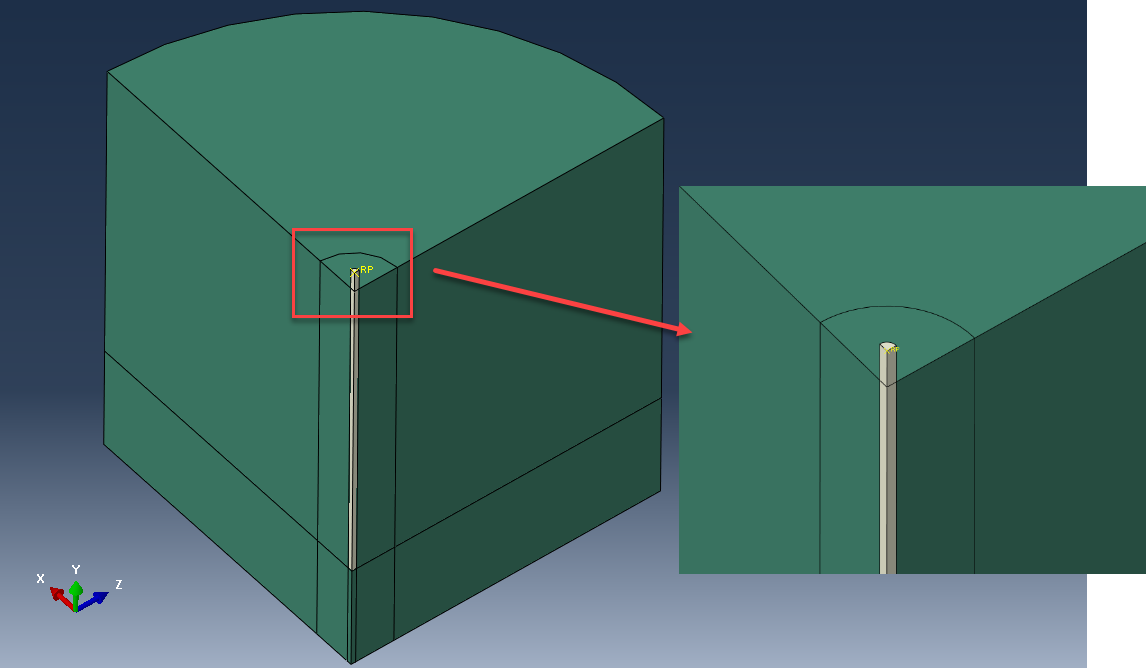
Figure 4: Geometry detail of blog's example.
Mesh
C3D8 hexahedral elements were used for both steel fibre and concrete matrix. A detail of the discretization is provided in Figure 5.
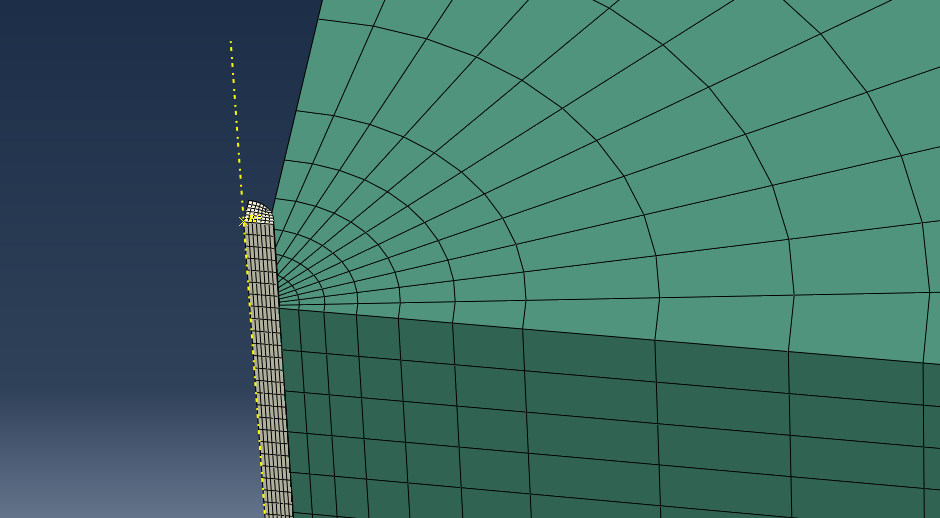
Figure 5: Geometry discretization detail.
Analysis Steps
For the pull out simulation, 3 static steps were created in total. The first step realised a small amount of concrete shrinkage (via a predefined temperature field), modelling the autogenous shrinkage that naturally happens in concrete pastes.
The second step included a lateral pressure load acting on the concrete block. Three different load levels were studied.
The purpose of implementing different load levels was to investigate the influence of the lateral pressure load (acting on the cylindrical concrete block) on the fibre's pull out force.
Lastly, the third step, was the pull out test, wherein a displacement magnitude was assigned on top of the steel fibre (simulating the pull out).
Loads and Boundary Conditions
Figure 6, shows a detail of the loads and boundary conditions as those were implemented for this example.
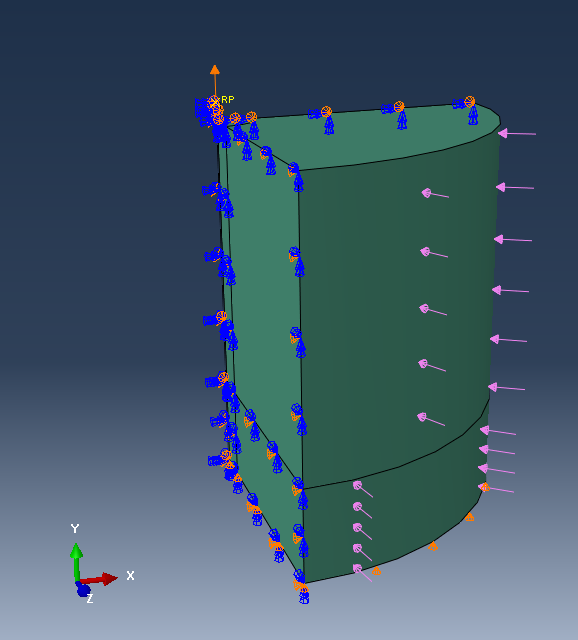
Figure 6: Loads and BCs detail.
In specific, in terms of loads, a pressure load was acting on the exterior face of the concrete block. Different load levels were studied (7,11,18 N/mm^2), to examine their influence on the pull out force, in conjuction with the Concrete Damage Plasticity model.
In terms of boundary conditions, two plane symmetry BCs were realized (quarter symmetry model) and the bottom of the concrete block was also pinned.
A vertical displacement boundary condition (total vertical displacement = 3mm) was imposed on top of the steel fibre, mimicking its pull out.
Results
Below, the Vertical force vs Vertical displacement plots are given for the steel fibre for various analyses.
Figure 7, shows the fiber's reaction force (RF2) against its vertical displacement (U2) with the use of a linear elastic material law for the concrete. The three curves at the top, correspond to different lateral pressure load levels, acting on the concrete column. The two dashed curves at the bottom, correspond to two alternative analyses. The blue curve corresponds to an analysis, not having a lateral pressure load acting on the structure but a preceeding autogenous shrinkage step is present. Contact is active at the interface between fibre and concrete, but in this case it is frictionless (coefficient of friction=0).
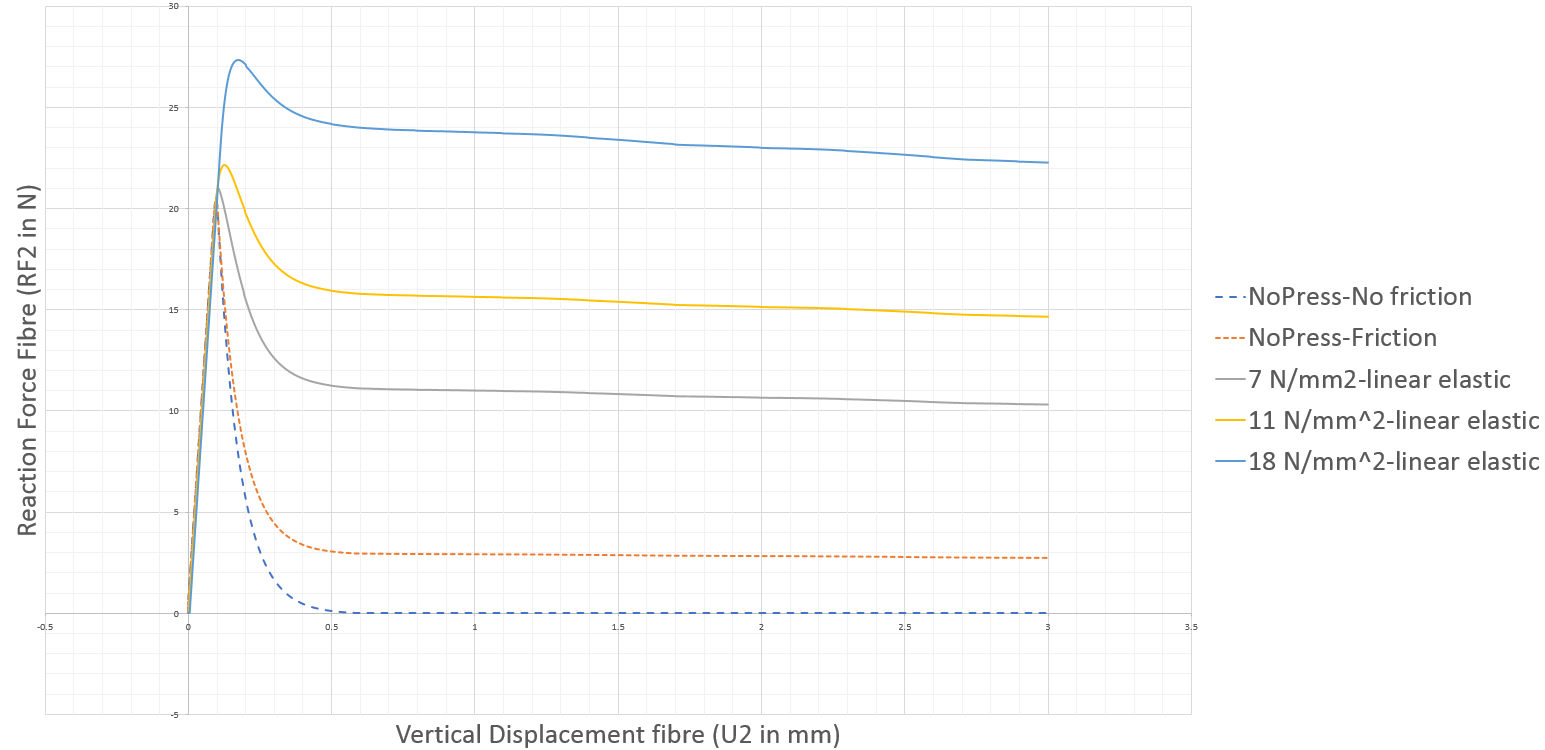
Figure 7: Fibre Reaction Force vs Displacement - linear elastic material model (concrete).
As the whole interface between fibre-matrix is governed by cohesion/debonding and friction, the use of frictionless contact, eventually leads to a zero residual pull out force.
The orange curve corresponds to an analysis, where there is no lateral pressure load but the autogenous shrinkage step (via a predefined temperature field) is present and friction is non zero as well.
It can be seen , that in this case, since there is a non zero coefficient of friction,this will result in a non zero residual pull out force in the fiber (approx 2.8 N for the curve's plateau).
Figure 8, shows Reaction Force vs Vertical Displacement on the fibre, for different levels of pressure acting on the concrete column. A comparison of the reaction forces between a linear elastic material model and the concrete damage plasticity model was performed.
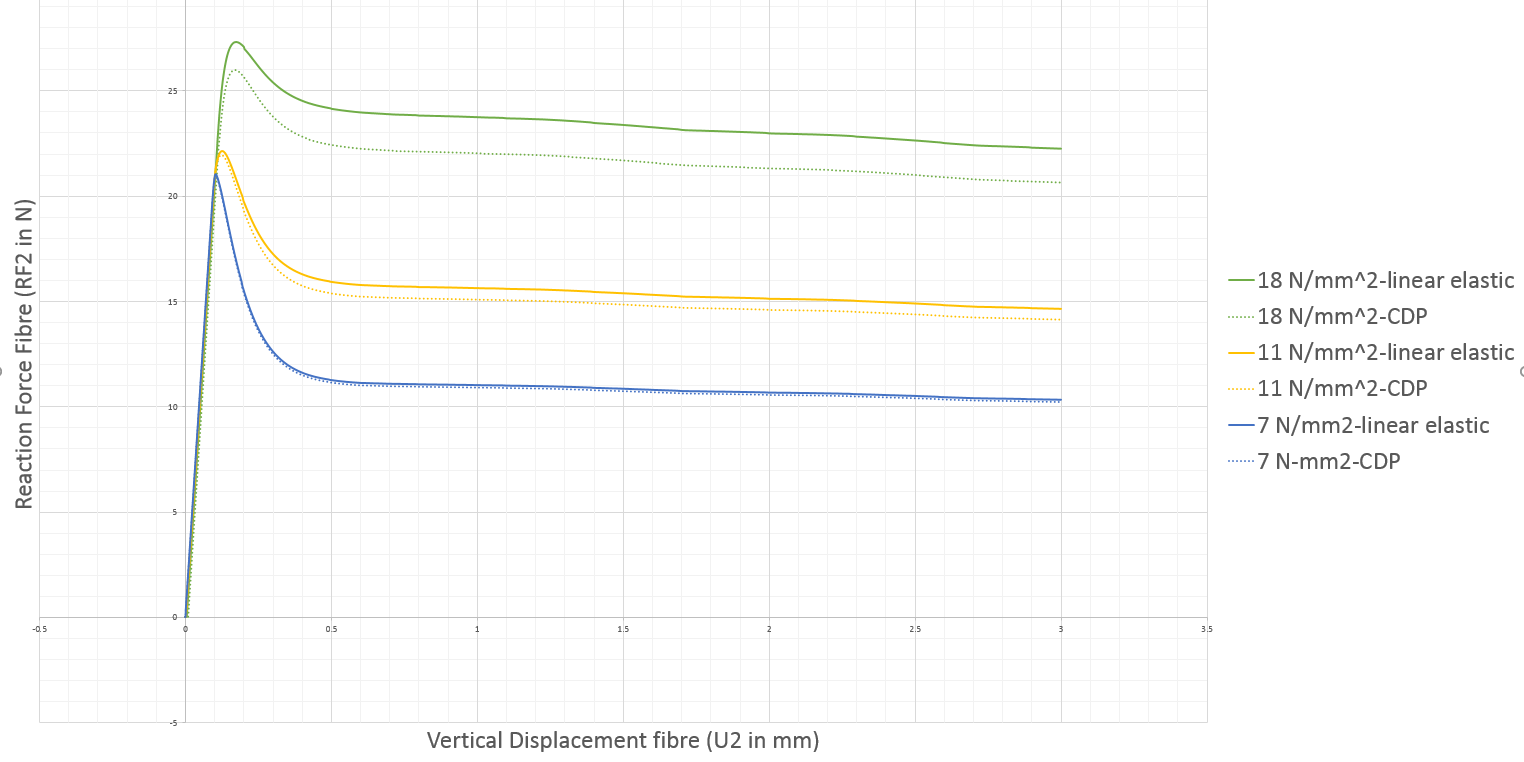
Figure 8: Fibre Reaction Force vs Displacement- linear elastic VS Concrete damage plasticity.
It can be seen that for lower levels of lateral pressure load (e.g. 7N/mm^2- blue color), the difference in pull out behavior between the linear elastic model and the CDP, is not quantifiable. The two blue curves do not exactly coincide, but the predicted behavior is quite comparable. This pressure load level is not adequate to cause significant damage to the concrete block that can be reflected with a change on the pull out behavior of the fibre.
However, when the pressure load levels increase ( e.g. orange, green curves), it can be seen that since a higher compressive stress is essentially acting on the concrete block, there will be damage to it, effectively resulting in a softened pull out behavior of the fibre, compared to a linear elastic material model. This behavior is what causes the greater offset between respective curves (linear vs CDP) for increasing pressure load levels.
References
1. Biaxial stresses in steel fibre reinforced concrete: modelling the pull out-behaviour of a single steel fibre using FEM (master student thesis: Van der Aa, P. J., 28 Feb 2014, TU/E- Department of built environment)

